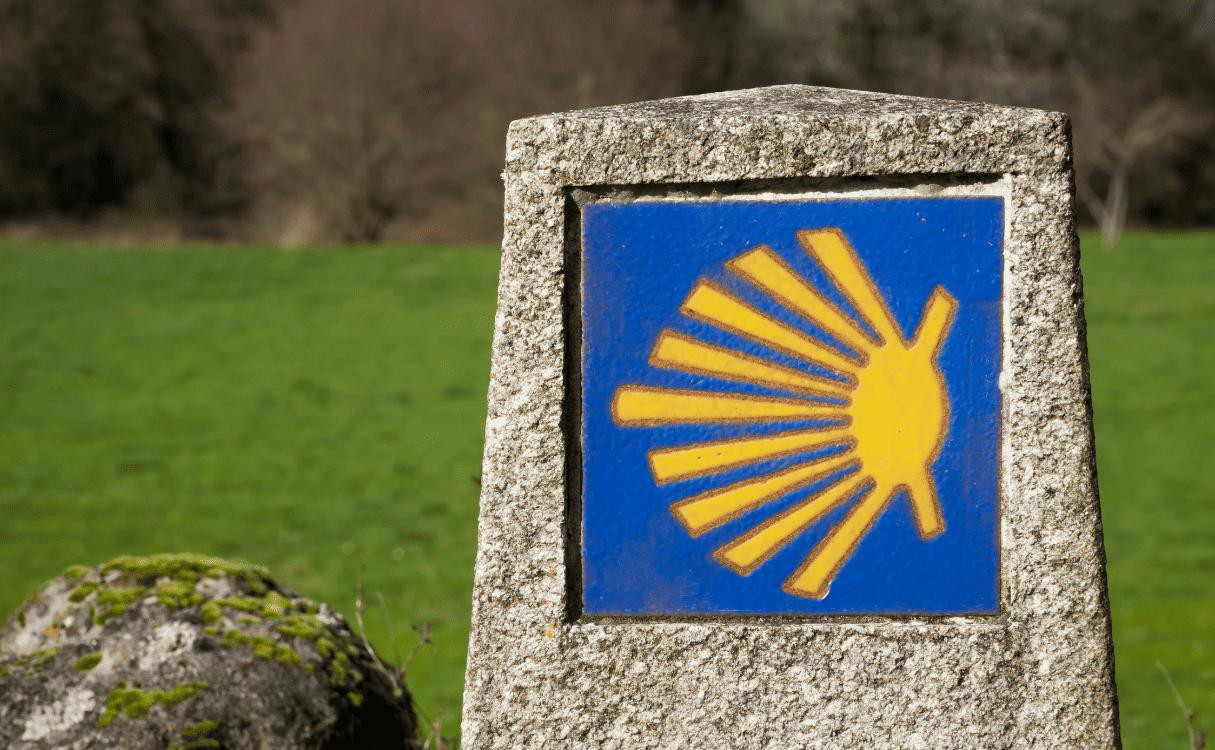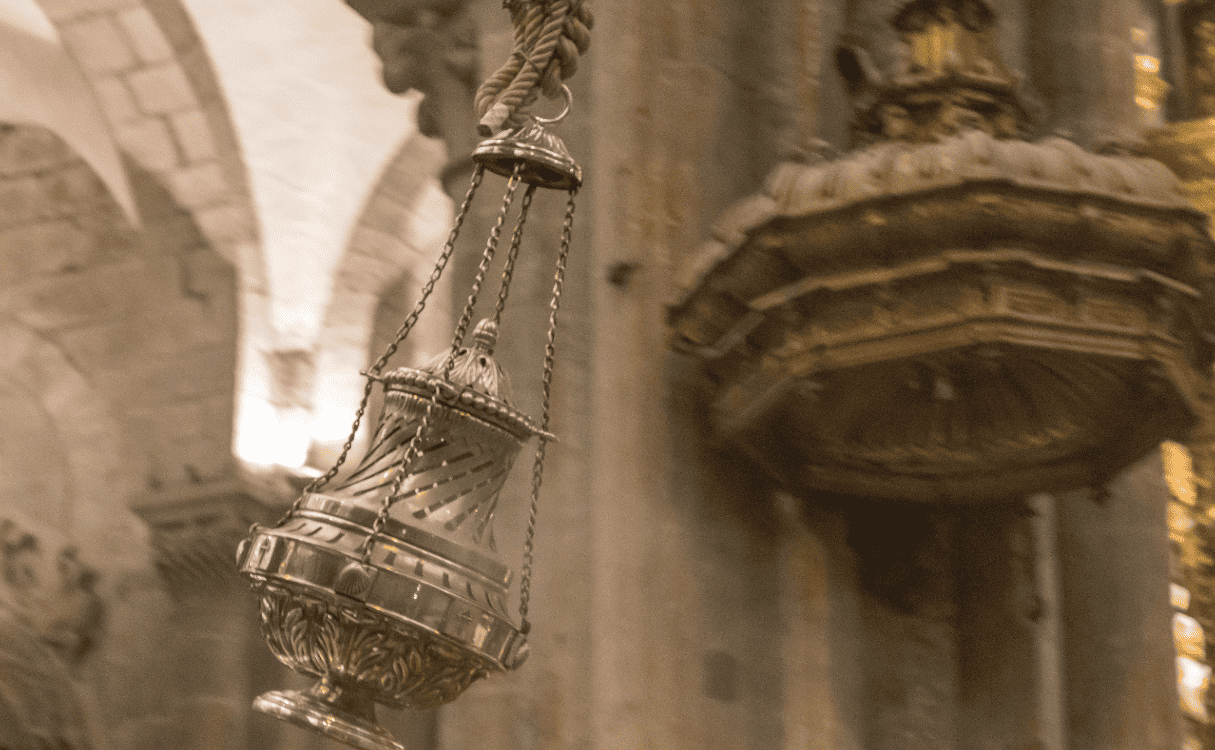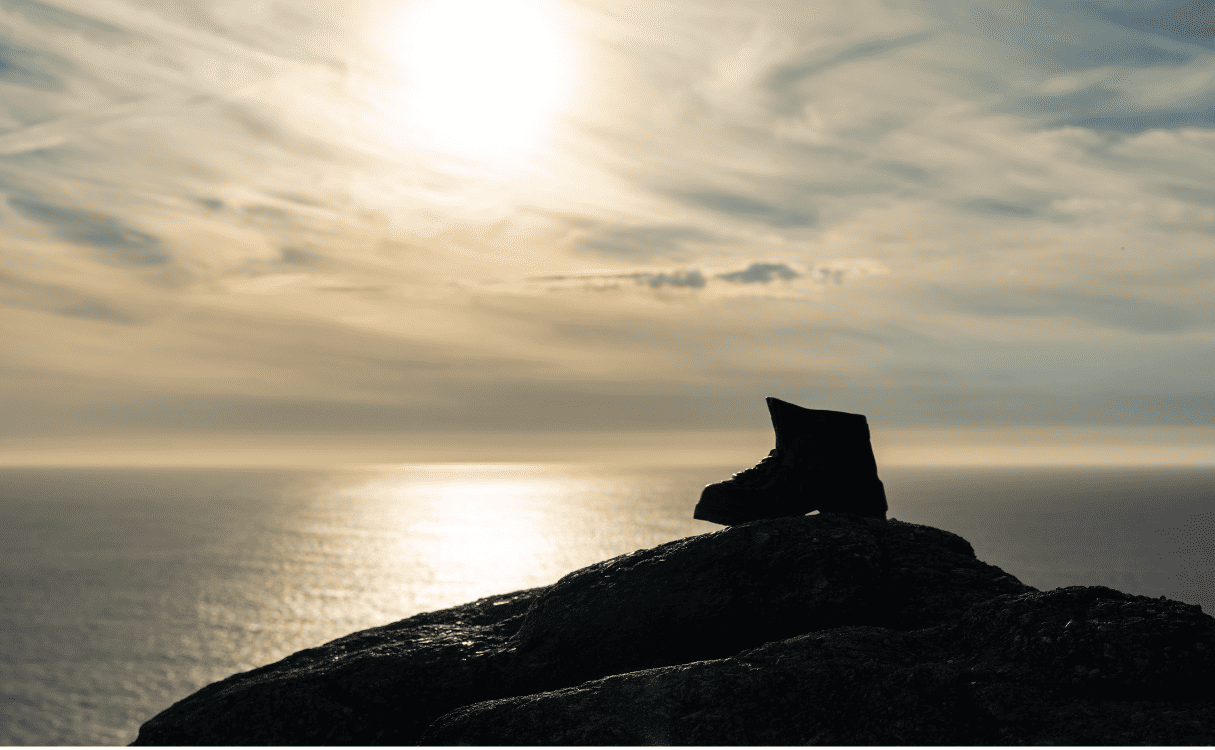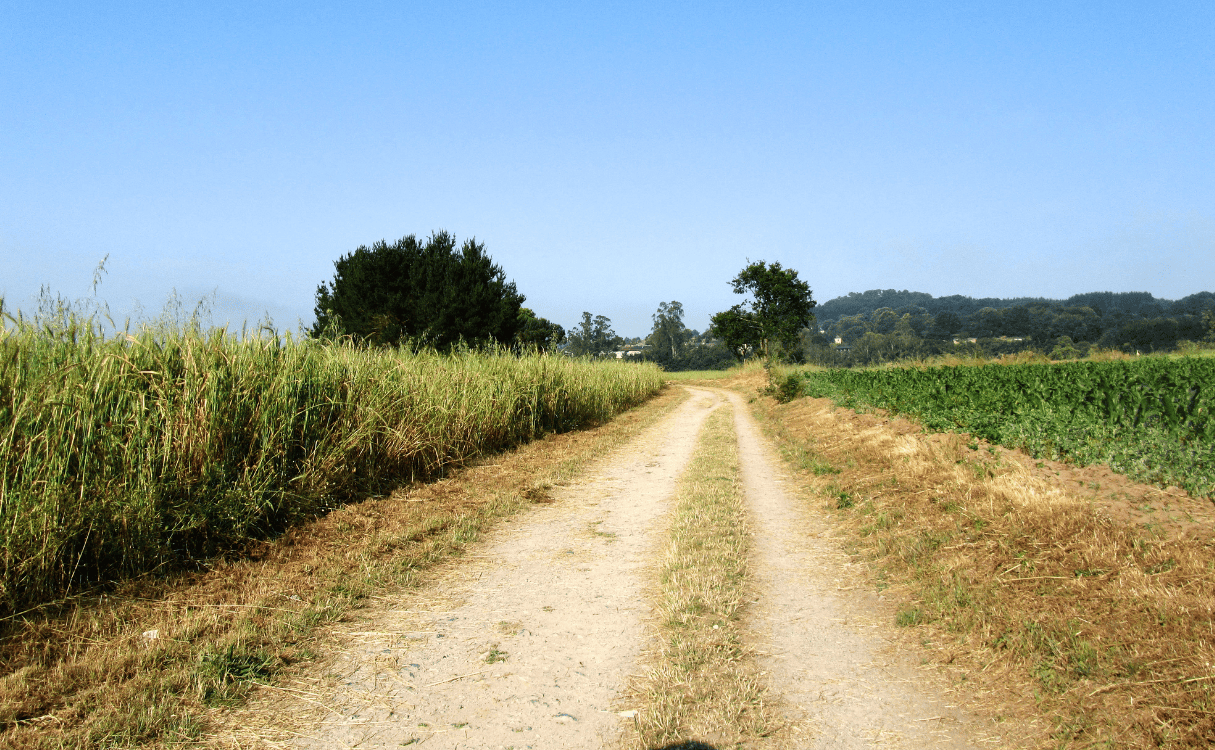The Camino de Santiago, often referred to as “The Way of St. James,” is a network of pilgrimage routes leading to the Cathedral of Santiago de Compostela in Galicia, northwest Spain, where it is believed the remains of the apostle Saint James are buried.
My 25 Camino de Santiago Facts Worth Knowing
1. Historical Pilgrimage: The tradition of the Camino de Santiago dates back to the 9th century, making it one of the oldest continuous pilgrimage routes in the world. The discovery of what was believed to be the tomb of Saint James in the 9th century sparked its popularity.
2. A Network of Routes: Eight routes lead to Santiago de Compostela, including the Camino Francés, which starts in Saint-Jean-Pied-de-Port, France, and is just one of the paths of the network that covers Europe.
3. Credential System: Pilgrims carry a “credential,” a pilgrimage passport, which they get stamped at daily locations along the route. These stamps are often collected from hostels, churches, and town halls, serving as a record of the journey.
4. Symbolism of the Scallop Shell: The scallop shell is not only a symbol that guides pilgrims along the route, marking the way, but it also metaphorically represents the various routes pilgrims travel, all converging at a single point.

5. Inspiring Art and Culture: The Camino has influenced many cultural works, like Paulo Coelho’s novel “The Pilgrimage” and Emilio Estevez’s film “The Way,” reflecting the journey’s profound impact on personal and spiritual narratives.
6. Heritage Recognition: Parts of the Camino, such as the French Way and the Routes of Northern Spain, have been designated as UNESCO World Heritage Sites, recognizing their significant cultural and historical value.
7. Certificate of Completion: The “Compostela” is a certificate of completion given to pilgrims who have walked at least 100 km or cycled 200 km to Santiago. It’s a document traditionally written in Latin confirming the completion of the pilgrimage.
8. Special Years of Pilgrimage: A Holy or Jubilee year in the Camino de Santiago is when St. James’ Day (July 25th) falls on a Sunday. This occurs next in 2027, 2032, and 2038. During these years, the Holy Door of the Santiago Cathedral is opened, and plenary indulgence is granted to pilgrims.
9. Pre-Christian Routes: The Camino may have originated from pre-Christian routes that led to Finisterre, meaning “End of the World,” where the setting sun marked the edge of the known earth to the ancient people.
10. The Botafumeiro: The Santiago Cathedral houses an enormous thurible called the Botafumeiro, one of the largest in the world, which is used during special religious ceremonies and fills the cathedral with incense.

11. Chivalric Tradition: In medieval times, knights were known to make the pilgrimage to Santiago de Compostela as an act of chivalry and devotion, often as penance for their sins or as a quest for spiritual growth.
12. Boosting Local Economies: The Camino de Santiago has contributed significantly to the local economies through which it passes, offering a lifeline to rural areas by providing a steady stream of business for local inns, restaurants, and shops.
13. Contemporary Pilgrimages: Today, some modern pilgrims choose alternative methods such as cycling, horse-riding, or even wheelchairs, illustrating the inclusivity and adaptability of the Camino to contemporary needs.
14. Diverse Pilgrim Intentions: While many are drawn to the Camino for spiritual or religious reasons, others embark on this trek for personal reflection, cultural exploration, or simply as a challenging outdoor activity.
15. Historic Support Infrastructure: The route once flourished with medieval infrastructure, like monasteries, hospices, and churches, established to aid the physical and spiritual well-being of the pilgrims.
16. The Pilgrim’s Guide: The Codex Calixtinus, dating back to the 12th century, is a medieval guide for pilgrims to Santiago de Compostela. This valuable document provides insights into the spiritual and practical aspects of the pilgrimage.
17. Finisterre – The Journey Beyond: The journey for many doesn’t end in Santiago; they continue to Cape Finisterre, the ‘end of the earth,’ where they complete their pilgrimage by the sea, often burning clothes or boots as a symbol of renewal.

18. Natural Beauty: The Camino offers a variety of stunning landscapes, including the Pyrenees mountains, the meseta of Castilla y Leon, and the vineyards of La Rioja and Galicia, providing a picturesque backdrop for the spiritual journey.
19. Pilgrim Accommodation: Special pilgrim hostels, known as “albergues,” offer basic accommodations. They range from municipal to private and from donativo (donation-based) to fixed-cost, providing rest for those on their spiritual journey.
20. Patronage of Saint James: The Camino is dedicated to Saint James the Greater, one of Jesus’ twelve apostles, who is the patron saint of Spain. His remains are said to be held in the cathedral of Santiago de Compostela, the ultimate destination of the pilgrimage.
21. Influence of Moorish Spain: The Camino de Santiago passes through regions that were under Moorish control for centuries. This historical influence is visible in the architectural styles and cultural practices in parts of the Camino, blending Islamic art with Christian motifs.
22. Formation of ‘Camino Families’: It’s common for pilgrims to bond with fellow travelers on the route, forming transient “Camino families.” These groups of diverse individuals often share experiences and support each other during the pilgrimage.
23. International Attraction: The Camino has become a global phenomenon, with people from all corners of the world of various cultural and religious backgrounds walking the route each year, reflecting its universal appeal and accessibility.
24. Quiet Paths Less Traveled: While routes like the Camino Francés are well-known and busy, other paths like the Camino del Norte and the Via de la Plata offer a more solitary journey through equally breathtaking landscapes for those seeking solitude or a less crowded path.
25. The Cruz de Ferro Ritual: The Iron Cross (Cruz de Ferro) is a simple iron cross atop a wooden pole, one of the most emblematic monuments on the Camino. Pilgrims leave stones, often brought from their home countries, at the base of the cross as a symbolic gesture of their burdens or a prayer left behind. This act is a meaningful ritual that reflects the spiritual release many seek on their Camino journey.
What is a fun fact about the Camino de Santiago?
Believe it or not, there is a free wine fountain on the Camino de Santiago. On the Camino Frances between Estella and Los Arcos, there is a wine fountain in the Monastery of Irache in Ayegui.
The Camino de Santiago continues to be a source of fascination, personal transformation, and historical intrigue, providing a unique blend of physical challenge, cultural immersion, and spiritual introspection.

I love hiking, backpacking, and camping. From the Camino de Santiago to the West Highland Way in Scotland or simply a great day hike on the weekend. Hiking refreshes me, my mind, and keeps my body reasonably fit. So far I have walked three Camino routes and many other long distance hikes in the UK, Canada, and around the rest of Europe. One of the best was my hike up Ben Nevis.


Remember what the monks on The Camino Frances say!! “Jesus carried a cross for YOU. You can carry your pack for him” NO TAXIS!!!
It is supposed to be a Pilgrimage, not a tour!